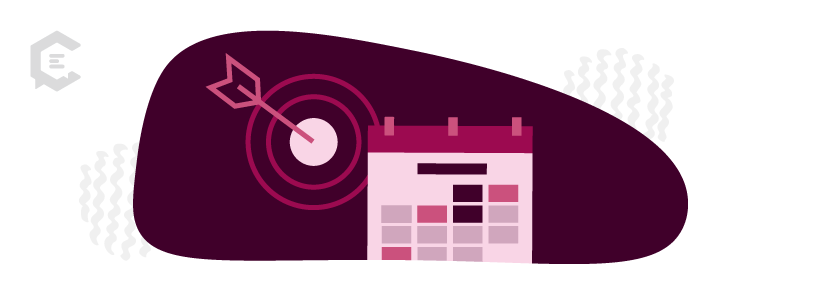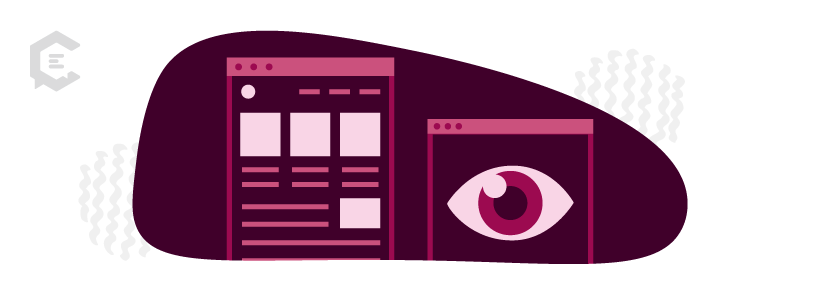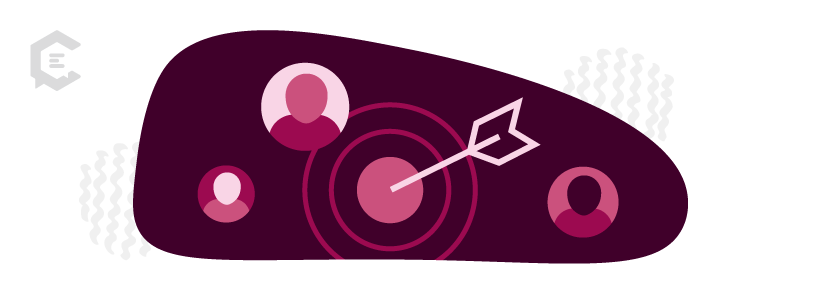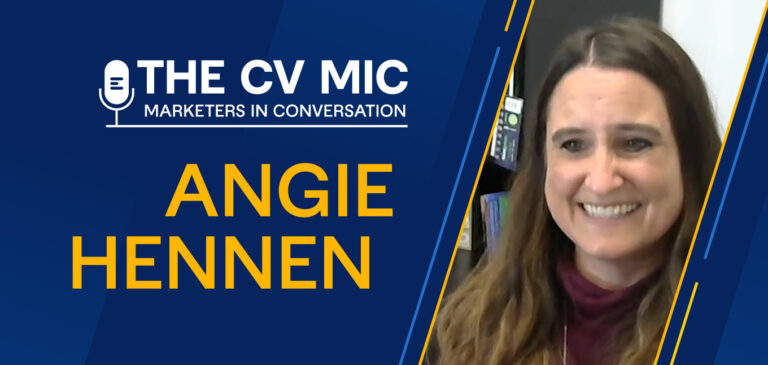What is a content campaign?
A content campaign is a strategic and coordinated initiative centered around a specific goal. Limited to a fixed period, a content campaign might be a themed series or multiple campaigns forming a progressive series. It may also incorporate a mix of different distribution channels, such as a company’s website, social media platforms, email newsletters, guest posting on other websites, or even paid advertising.

Because content campaigns tie to specific KPIs, new brand assets are usually produced and promoted just for a campaign. Building one around preexisting assets is possible, but it is less common and more challenging to measure.
Why are content campaigns so important?
Content campaigns will help you meet your customers in their journey and guide them toward a specific action. These campaigns can kick off an opportunity for businesses to:
- Establish themselves as thought leaders in their industry
- Build trust and credibility with their target audience
- Generate new leads
- Drive new organic traffic
By launching a campaign to deliver valuable content, brands can nurture their audience and develop long-term customer loyalty. Content campaigns are also a great opportunity to experiment and better understand your audience. By creating a campaign designed to measure key metrics, you can test to see the efficacy of your ideas and make future improvements backed by hard data.
How Content Campaigns Work With Other Content Levels
Not to be confused with a content strategy, each content level represents a degree of connectedness to your brand experience. Understanding how each level of content serves your audience will help you sculpt a specific goal for your next campaign.
1. Core content
Core content is the most important content to your business offerings (i.e., positioning statement, website). Definitely think of any promotions within your core branded experience as content campaigns. The hero image you often update on your home page would count as a branded content campaign.
2. Vertical content
Vertical content focuses on serving a business niche. Content verticals are a great reference point for content campaigns. Suppose you have been alienating one of your key industry verticals. In that case, you can close that gap with an industry-specific content campaign, producing and promoting assets useful to your personas in this vertical.
3. Content hub
A content hub is an organized collection of content (i.e., blog, knowledge base, resource center). Your content hub is a living organism that is regularly updated and renewed. Content campaigns are useful for promoting segments and categories that are a new focus area for your content hub.
4. Content franchise
Content franchises are a recurring series. A content franchise is about building a loyal audience over time, while content campaigns provide quicker results. When you create multiple campaigns that build progressively, a content campaign mimics the feel and purpose of a franchise.
Content Campaigns for Connected Customer Experiences
Real-time customer engagement is every marketer’s highest aspiration. With content campaigns, KPIs are only one of the goals. Building a customer connection should be the primary objective.
Your campaign should be a truly differentiated experience that guides the prospect through the buyer’s journey. Your content creation team should be clear about why they produce these assets and understand the content campaign’s vision and your customer’s goals. Content campaigns cover a lot of channels and focus areas — from email to social, from events to branded content. For today’s purposes, we’ll look at an event content campaign.
In-person events are a ton of work but are also unbeatable when creating a connected customer experience. We live in a digital world, so face-to-face interactions are widely appreciated.
What are some examples of effective content campaigns?
Content campaigns are great at connecting or reconnecting customers to our brand. We can learn a lot from the following campaigns in how they brought their audiences back into the fold.
Red Bull’s “Stratos” Campaign:
Red Bull has done a fantastic job establishing their extreme carpe diem tone with their brand, but their Stratos campaign brought it to a new level that captured global attention. In 2012, Felix Baumgartner broke the record for the highest skydive ever, jumping from the edge of space. Red Bull documented the entire journey through videos, live broadcasts, and social media updates. The campaign generated massive brand exposure, with millions of viewers tuning in to watch the event live, and it showcased Red Bull’s association with extreme sports and adventure.
Dove’s “Real Beauty” Campaign:
Dove’s Real Beauty campaign aimed to challenge conventional beauty standards and promote body positivity. Traditionally thought of as just a company that makes soap, Dove wanted to establish itself as a brand that cares about the beauty of diversity. The campaign struck a chord with audiences worldwide and sparked discussions about self-esteem and societal beauty standards. It became a viral sensation, earning millions of views and extensive media coverage while elevating Dove in the market.
Blendtec’s “Will It Blend?” Campaign:
Blendtec, a blender manufacturer, created a series of videos called “Will It Blend?” where they blended unusual objects like iPhones, golf balls, and even a crowbar. The entertaining videos showcased the power and durability of their blenders while incorporating humor. The campaign went viral, attracting millions of views, driving significant brand awareness, and boosting Blendtec’s sales.
Coca-Cola’s “Share a Coke” Campaign:
Remember when Coke came out with cans that had people’s names on them? Coca-Cola’s “Share a Coke” campaign was a personalized initiative that replaced the Coca-Cola logo on bottles with popular names and phrases. It encouraged people to find bottles with their names or the names of loved ones and share them on social media using the hashtag #ShareACoke. The campaign created a sense of personal connection, increased social media engagement, and drove sales by appealing to consumers’ desire for personalized experiences.
The next time you set out to begin a content campaign, think about how this initiative will serve as a connected customer experience, and don’t be afraid to have a little fun!
Talk to a content specialist at ClearVoice and find out how we can help you develop a high-quality content campaign that enables you to connect deeply with customers.





